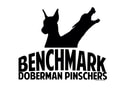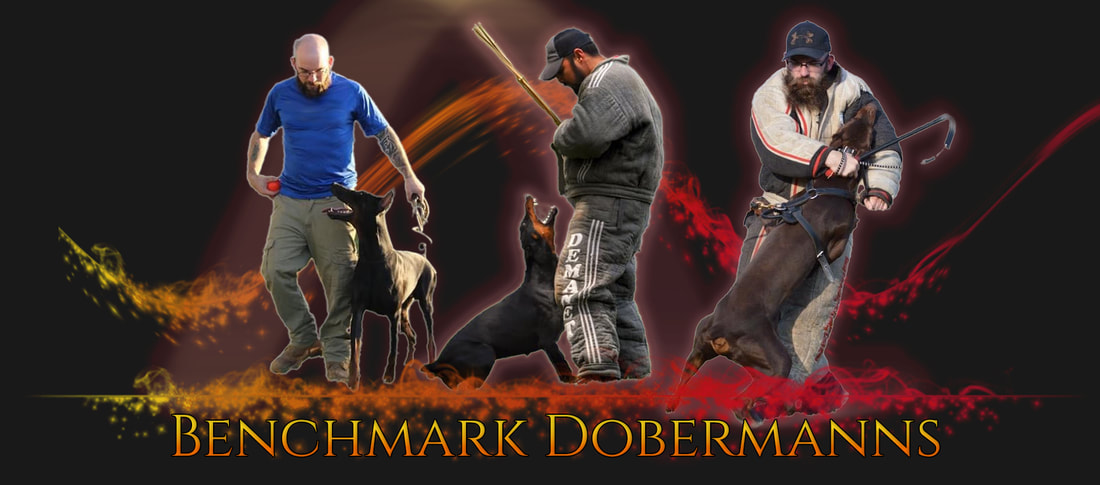Benchmark Working Puppy Aptitude Test
This temperament and aptitude test has been developed by Benchmark Working Dobermanns, detailing the behaviors we look for in the selection of a prospect for PSA, with input and support from experienced top level Doberman competitors from IGP and Mondioring. This test is specifically geared toward the selection and evaluation of working puppies. The test is designed to be performed at age 6 to 8 weeks, either by the breeder or a person unfamiliar to the puppies, in an unfamiliar setting. The puppies are always to be tested individually, away from littermates and mother. Each test item is scored on a scale of 1-5. Pecking order within the litter is to be noted by the breeder for informational purposes. Any observations or deviations from the descriptions are to be noted in the notes section of each test item. This test is based upon the assumption that any litters being tested have been properly handled and socialized by the breeder, and the accuracy of the scoring is dependent upon the puppies being reasonably accustomed to being handled. Puppies who have been raised outdoors without much human interaction are more likely to have skewed test results. If testing a litter that has not been handled much, please note that on the test form and assess the scores keeping that information in mind.
|
Litter:
|
Collar color/ID:
|
|
Age:
|
Date of Birth:
|
Notes:

